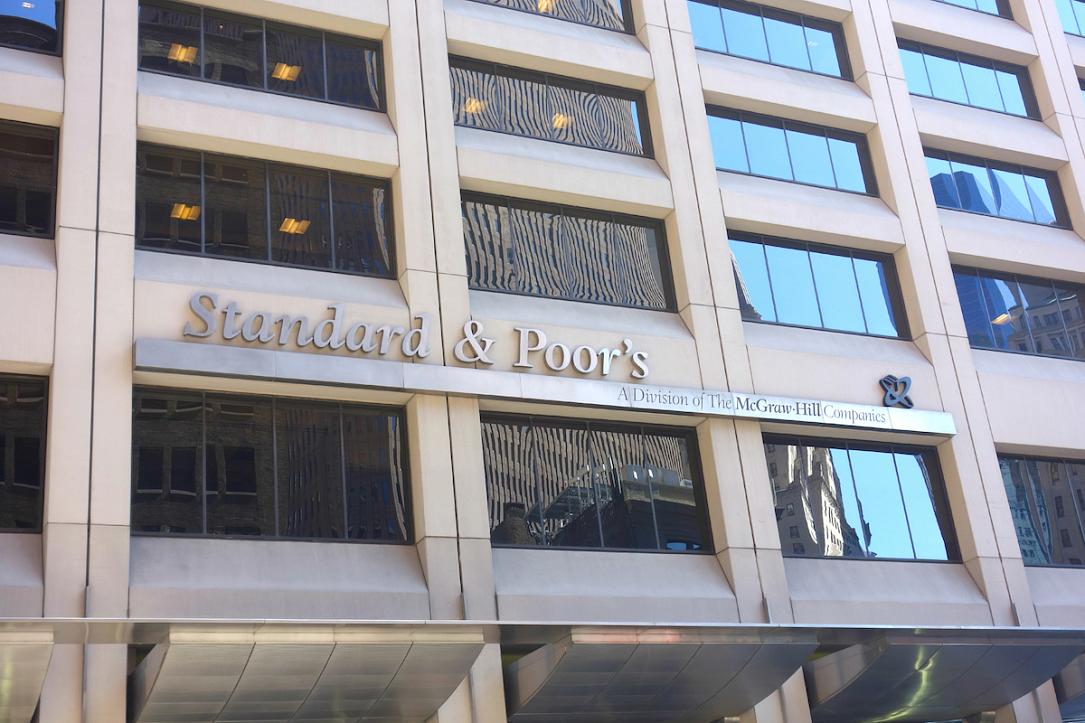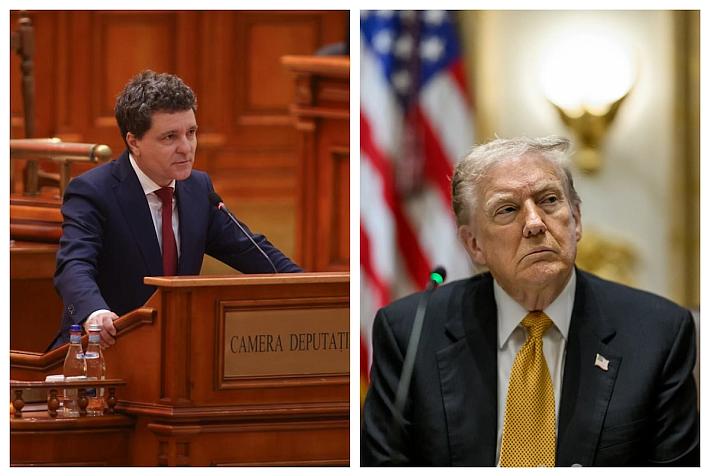S&P keeps Romania's BBB-/stable rating but sets high targets for Govt.

International rating agency S&P kept Romania's BBB- sovereign rating as well as the stable outlook but defined very detailed and rather high expectations from the Government in order not to lower the rating over the next two years.
Specifically, the money from the Resilience Facility (RRF) and the MFF (EU's regular budget) should flow as planned, with a positive and visible impact on the fiscal consolidation - subsequently resulting in a milder current account gap (5.5% of GDP in 2025 from 8.8% this year).
This time, the expectations set by S&P are explicit: a budget deficit of under 4% of GDP by 2024 (3.5% under the rating agency's expectations) and a cost of financing not higher than envisaged. Namely, under its baseline scenario, S&P expects the interest paid by Romania to increase from 4.1% of the budget revenues last year to 4.6% this year, 4.8% in 2023 and 4.9% in 2024 and 2025 - but not more.
Fitch expects Romania's budget deficit to drop under 3% of GDP in 2025 - nearly in line with the official calendar set under the Excessive Deficit Procedure.
Such a fiscal consolidation would drag the public debt-to-GDP ratio down under 50%: from 48.8% at the end of last year to 47.5% at the end of this year and 46.1% at the end of the forecast cycle in 2025.
A key assumption of the baseline scenario regards the smooth absorption of EU funds (RRF and MFF). "The RRF includes EUR 14.2 bln in grants and EUR 14.9 bln in loans, about 10% of the estimated 2022 GDP, and we understand that EUR 10 bln of EU funds could be received throughout 2022," the rating agency reasons.
The current rating assigned by S&P to Romania's sovereign debt thus reflects "the buffers provided by Romania's still-modest stock of external and government debt and incoming EU transfers" against a rather broad and impressive multitude of adverse factors: the economic risks from the Russia-Ukraine conflict – mainly in the form of surging inflation and more adverse economic developments in Romania's main trading partners – and the country's high twin deficits.
The upside scenario, supposed to result in a sovereign upgrade, envisages a faster-than-expected narrowing of the twin deficits - "indicating the economy's strengthening productive capacity."
iulian@romania-insider.com
(Photo source: Dreamstime.com)













